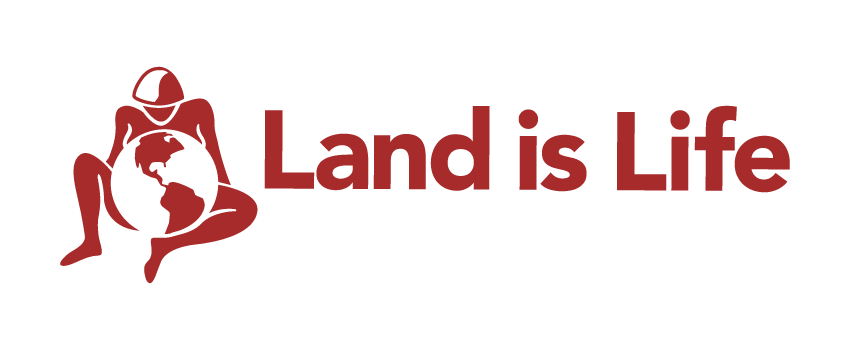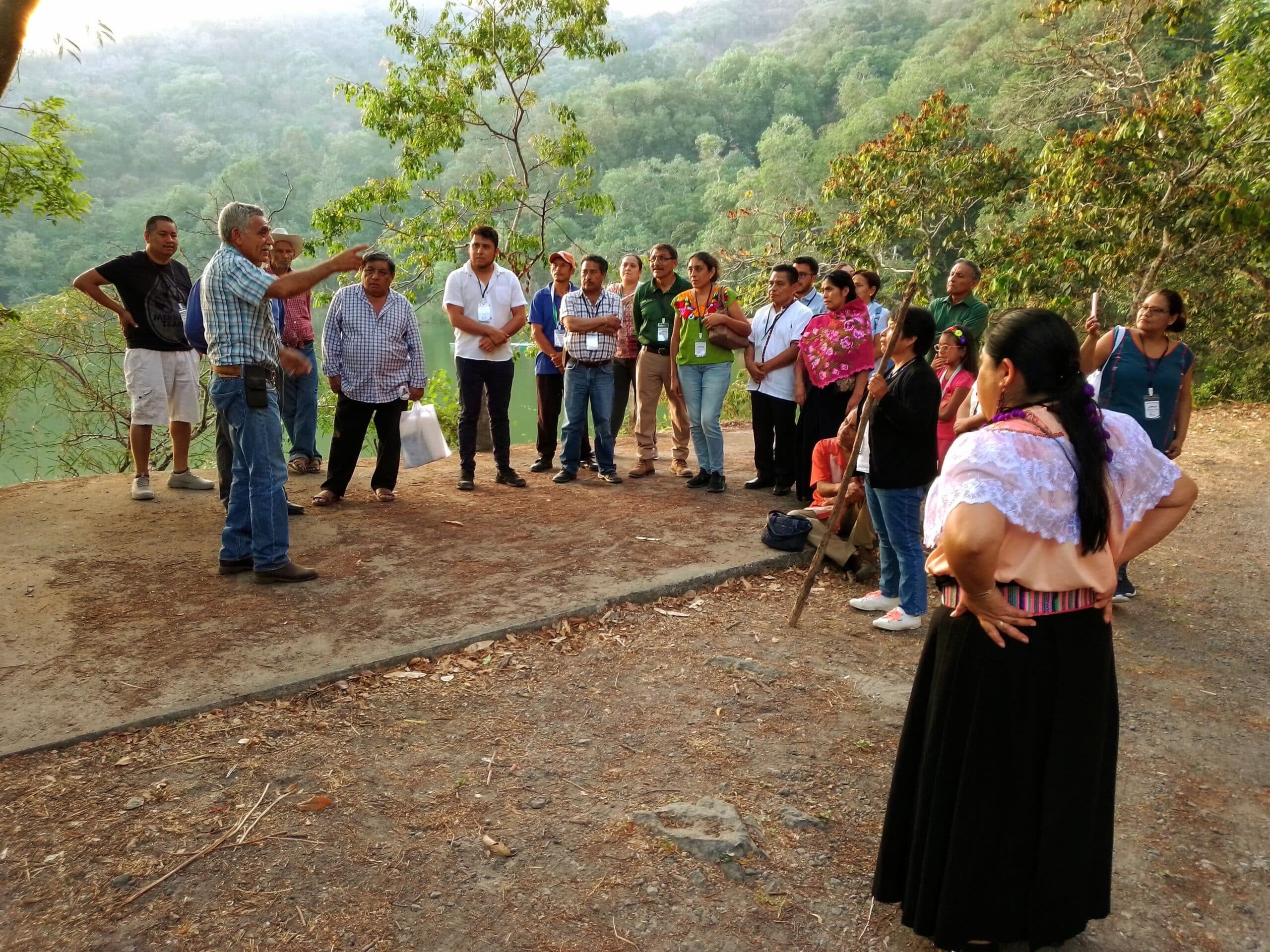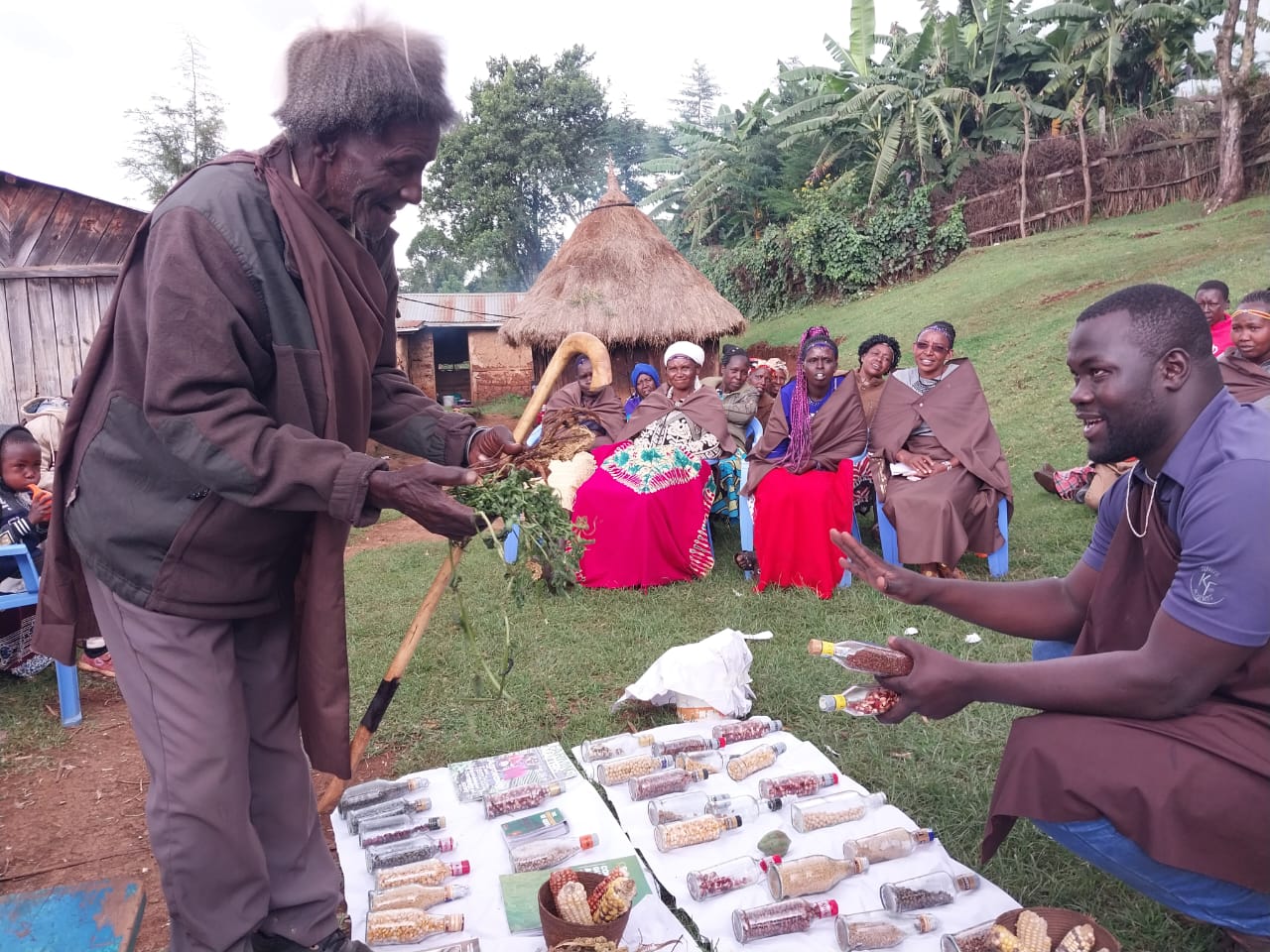Indigenous Peoples’ in Eastern Africa are facing growing challenges due to resource exploitation, climate crises, and displacement, threatening their food sovereignty and cultural practices. In response, the Land is Life Food Security Program, rooted in agroecology, is empowering communities in Kenya, Tanzania, and Burundi. Through training in sustainable farming practices, biodiversity conservation, and intergenerational knowledge transfer, the program not only strengthens food systems but also supports gender equality and youth engagement.

Indigenous Peoples across Eastern Africa continue to face deep marginalization, exacerbated by the discovery of valuable natural resources such as oil and gas. These discoveries often lead to the militarization of Indigenous territories as governments prioritize securing investments. Additionally, the push for carbon credits and tourism has further threatened Indigenous Peoples’s communities. Take, for instance, the violent evictions of the Maasai from Ngorongoro in Tanzania, the Ogiek from the Mau Forest in Kenya, and the Sengwer—a forest-dwelling community with a long history of coexisting with nature, now accused of forest destruction. The loss of land is not just a physical displacement; it is the loss of food sovereignty. Communities like the Endorois and Ogiek rely on forests for grazing and beekeeping, vital to their survival. These forced evictions, often violent, leave lasting physical and psychological scars. When displaced, Indigenous Peoples are forced to either assimilate into other communities, leading to cultural erosion, or struggle to survive on shrinking parcels of land, as seen with the Ogiek people now living in Mumberes, Baringo County, Kenya. This disruption not only threatens their way of life but undermines their sources of livelihood.
Indigenous Peoples have co-existed with nature since time immemorial. The existence of an intricate totem system makes it inconceivable for Indigenous Peoples to destroy the very nature that they have a bond with. However, the introduction of industrial food production systems, reliant on synthetic fertilizers, has complicated their way of life. These systems are often supported by policies that criminalize traditional practices such as seed saving, sharing, and exchange—practices that have long been integral to Indigenous food sovereignty and ecological stewardship in East Africa.
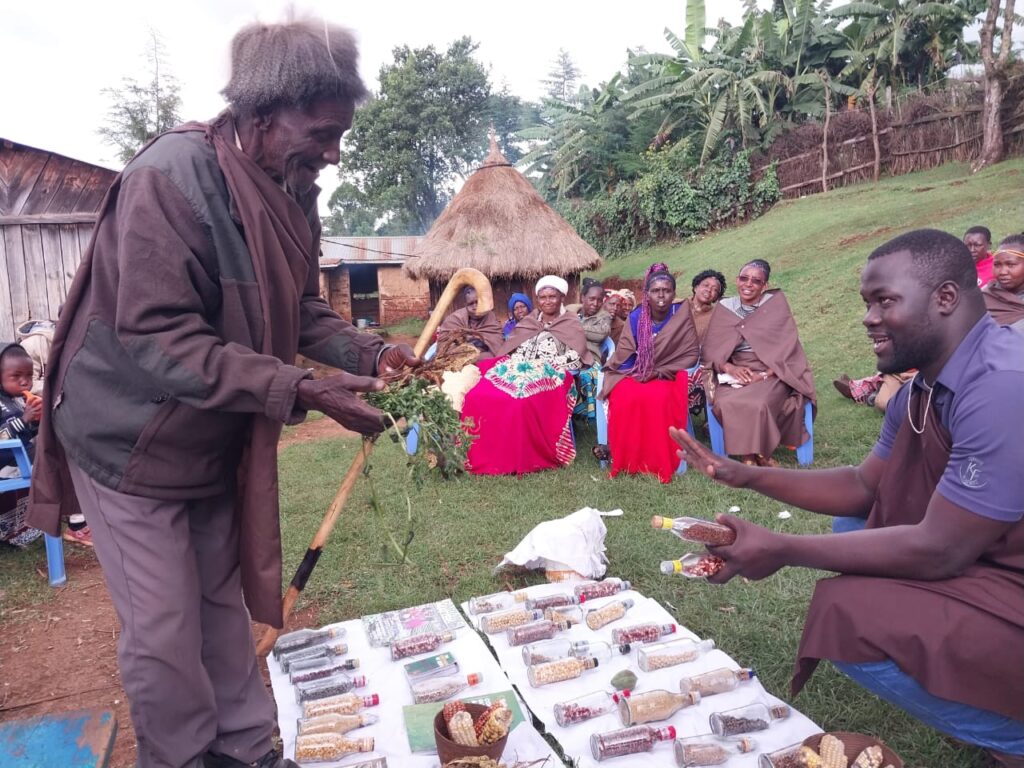
As the world grapples with multiple crises, Africa finds itself in a particularly dire situation. Despite owning 60% of the world’s arable land and having an environment conducive to food production, at least one in five Africans goes to bed hungry every day. According to the 2024 State of Food Security and Nutrition (SOFI) report, the continent remains home to the world’s hungriest people. Eastern Africa, in particular, has suffered from extreme weather events, including droughts, floods, and locust infestations, which have devastated food security, caused loss of life, and destroyed property. In 2019, Kenya was ravaged by locust swarms, severely impacting food access. In 2022, the country faced its worst drought in four decades, and in 2024, March brought massive floods. Tanzania also faced catastrophic flooding, which killed 58 people and affected over 126,000 others.
In response to these challenges, Land is Life’s Food Security Program has been working to support Indigenous Peoples in Kenya, Burundi, and Tanzania. Rooted in agroecological principles, the program collaborates with the Sengwer, Batwa, Ogiek, and Endorois Indigenous Peoples’ communities to foster food systems transformation. Training sessions emphasize the value of Indigenous knowledge and promote intergenerational knowledge transfer. Participants learn climate-adaptive practices like sustainable land management, soil erosion prevention, and fertility retention through techniques such as contour farming. Biodiversity enhancement is also prioritized through intercropping and biological pest control, such as using onions and ginger to repel pests.
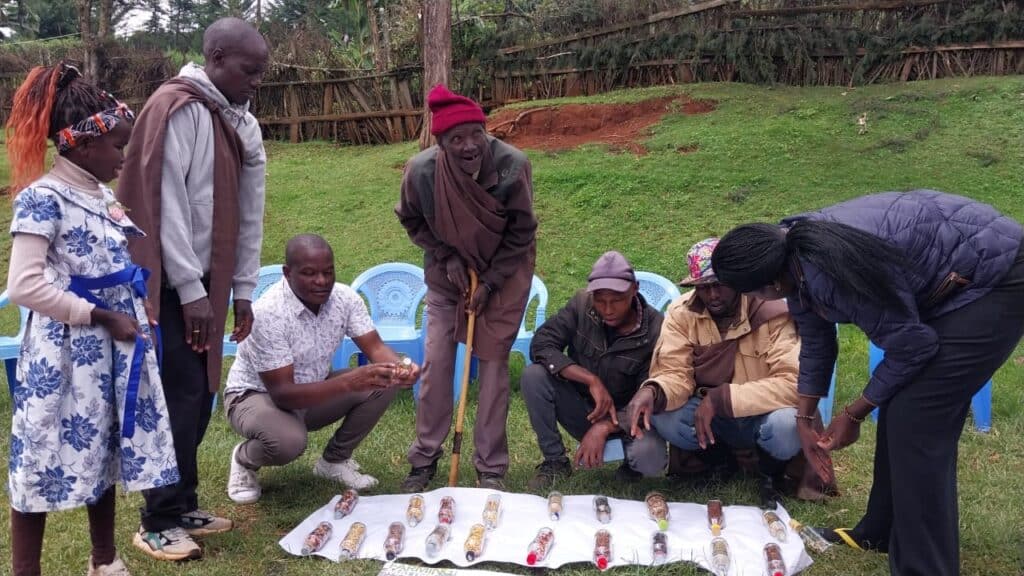
The program also tackles gender imbalances in land ownership by creating safe spaces for bold discussions among women, where role-playing and gender analysis help reimagine a future where women control natural resources. Additionally, the initiative encourages the diversification of livelihoods, enabling Indigenous Peoples’ communities to move beyond reliance on livestock and embrace food cultivation. In schools, the project is reshaping the narrative around youth and agriculture by making food production engaging and fun. In school gardens, land tilling and vegetable planting are integrated with music and poetry, creating an enjoyable and educational experience for young people.
The impact of the agroecology training within Indigenous Peoples’ communities has been overwhelmingly positive. Community members now have a deeper understanding of agroecological principles, the importance of healthy food, and the value of intergenerational knowledge transfer. The program has also spurred greater community engagement in policy processes, encouraging people to challenge prevailing narratives about Indigenous Peoples’ ways of life and their food systems.
This initiative has fostered resilience across Kenya, Tanzania, and Burundi, creating a ripple effect that continues to strengthen communities. With its proven success, the project holds significant potential for expansion, paving the way for truly transformative food systems.
